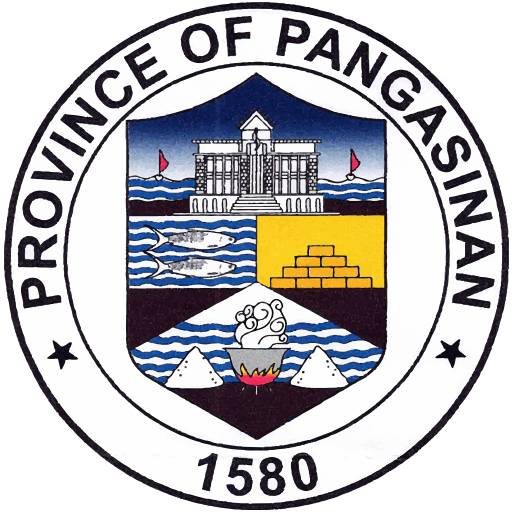The origin of the province’s name sounds fairly familiar, especially if one had visited the Philippines before and heard the Filipino word for salt or asin in the metropolis. Pangasinan or panag asinan means “where salt is made” in the vernacular. Owing up to its name, the province produces high-quality salt where farms of such are located across the province.
Once known as the “Granary of the Philippines” and the “Garden of Luzon”, Pangasinan is blessed with charms in the form of picturesque mountains and valleys, seemingly boundless beaches and rivers, rich and diverse traditions and cultural practices, and more prominently, very hospitable and family-oriented people known as the Pangasinenses. These people originated from the Island of Borneo in the Sulu Archipelago and immigrated northward, to the Lanao and Cotabato area. They traveled further north to Visayas and lived side by side with the natives of Mindoro. Eventually, the Pangasinenses had traveled and settled in North Luzon where the province is currently located. In 1406, these people would be so culturally advanced that they would send an embassy to China and have audiences with the emperor.
Around the 16th century and under the leadership of King Kasikis, Pangasinan at the time was known as the Luyag na Caboloan Kingdom. It was during this time that Martin de Goite and Juan de Salcedo of Spain arrived in the province and that a church was established in Binalatongan, now modern San Carlos. In the years that followed, the Chinese pirate known as Limahong sought refuge in Domalandan, Lingayen in an attempt to escape the Chinese empire. After failing to establish a kingdom in Manila, he decided to establish one in Domalandan, announcing to the inhabitants of the area that he had come to rule over them. However, he was driven out by Juan de Salcedo and his forces, forcing Limahong to escape through the China Sea.
Pantaleon Perez, or more famously known as Juan dela Cruz Palaris, led the Palaris Revolt against the oppressive Spaniards years later. This revolt opened the eyes of the Pangasinenses and they endeavored to put a stop on the cruelties and injustices administered by the Spaniards. Palaripar, as his fellow Pangasinenses fondly called him due to the fact that he was the fastest runner in his hometown of San Carlos, led these Pangasinenses and gave the Spaniards a big fright. At the betrayal of his own sister, Simona, Palaris was sabotaged at the Calasiao forest and was killed.
The Palaris Revolution spread awareness across Pangasinan and urged the locals to continue fighting for their freedom. On March 7, 1898, the towns of Agno, Alaminos, Anda, Bani, Bolinao, Bugallon, Burgos, Dasol, Infanta, Labrador, Lingayen, San Isidro, and Sual joined the revolution at Laragan, Alos (which is now a barangay in Alaminos City) under the leadership of Ramon Manalang. It was a battle that took place near Alos, where the headquarters of the revolutionists was located and was said to be one of the bloodiest battles in Pangasinan to ever be recorded. On July 23, 1898, the Spanish force finally surrendered to the Pangasinenses at Dagupan, ultimately granting freedom to the whole province.

